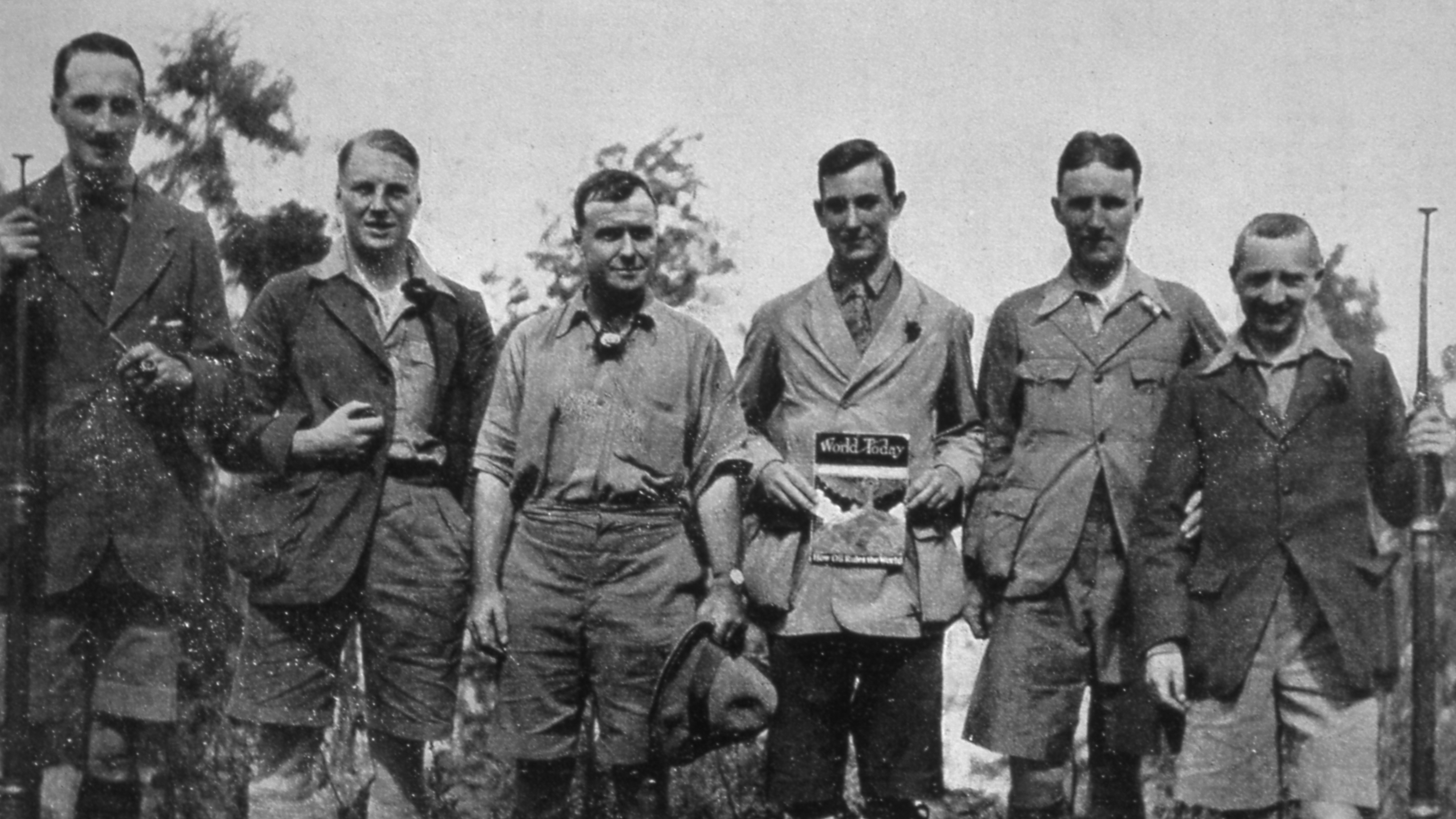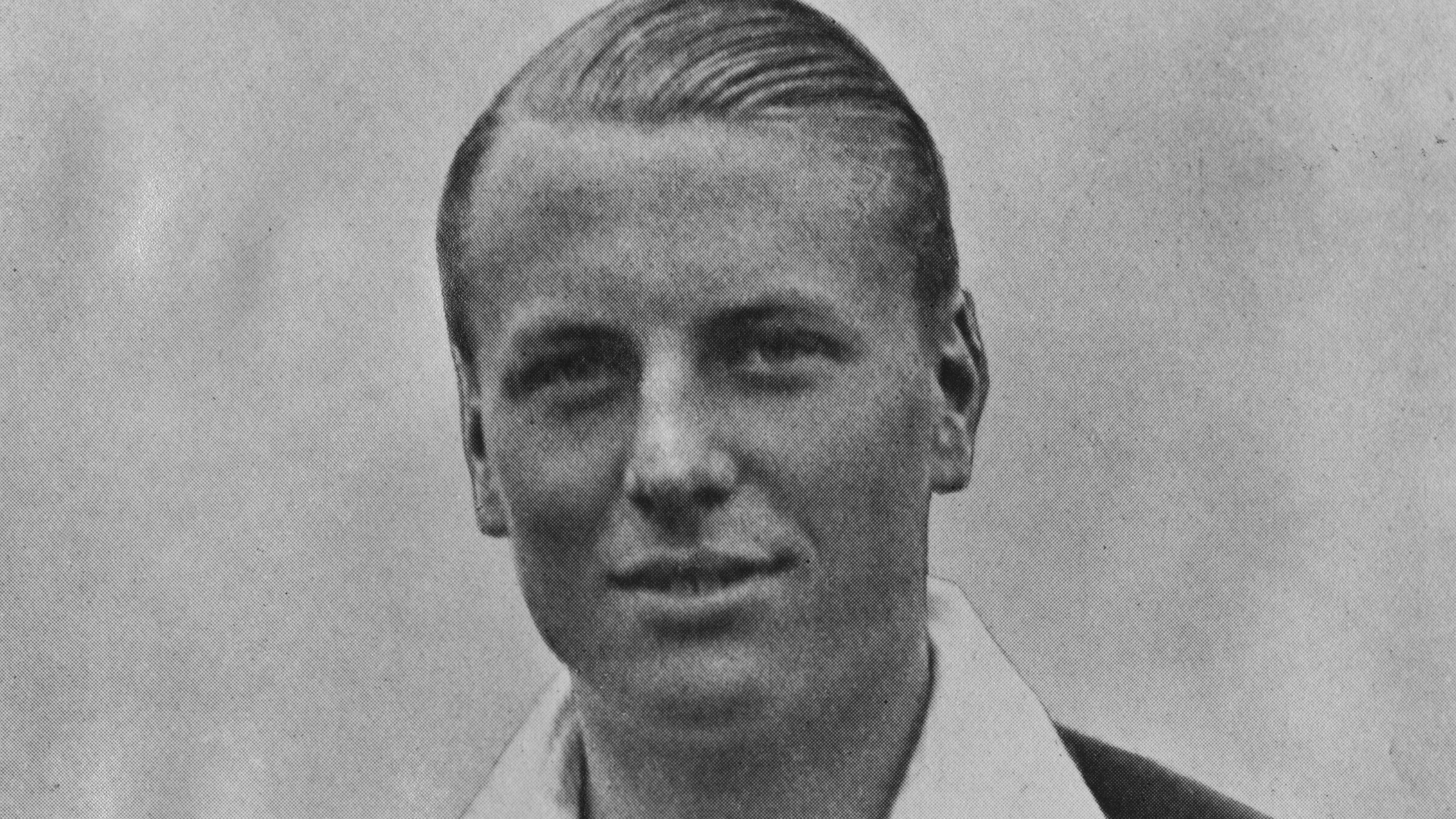Jimmy Chin's "monumental and emotional" discovery of Andrew Irvine's body on Everest may finally put mountaineering's most enduring mystery to rest
The director was on Everest filming an upcoming National Geographic documentary when the discovery was made

Were Edmund Hillary and Tenzing Norgay really the first climbers to reach the summit of Everest in 1953, or were they actually preceded by nearly 30 years? That's the question that might finally be answered following revelations that director Jimmy Chin came across human remains on Everest last month that appear to belong to long-missing climber Andrew Irvine.
According to an article in National Geographic, the renowned director was on the world's tallest peak with fellow filmmakers and climbers Erich Roepke and Mark Fisher working on a documentary when they saw an old leather hiking boot with steel hobnails poking through the ice.
Upon further inspection, the crew found that the boot encased a foot wearing a sock with the name "A.C. Irvine" stitched onto the label. The men believe these remains are those of British mountaineer Irvine, who went by Sandy, who famously disappeared with climbing partner George Mallory during an attempt to summit Everest 100 years ago.
National Geographic reports that after noticing ravens disturbing the remains, Chin obtained permission from the China-Tibet Mountaineering Association to take the boot and foot off the mountain in a cooler and deliver it to the British consulate for further testing.

In a story that has become mountaineering legend, Irvine and Mallory set off off from Camp 6 on June 8, 1924. Had they reached the top, it would have been the first successful summit of Everest, but no one knows if they did. They were last sighted around the First Step when a member of the expedition Noel Odell witnessed them disappear into a cloud and were never seen alive again. The only clue at the time was Irvine's ice axe, found just below the First Step.
Nearly 30 years later, Hillary and Norgay made what has long been held as the first summit of Everest. Meanwhile, Mallory's body wouldn't be discovered until 1999, when American rock climber and mountaineer Conrad Anker found it during an expedition to try to answer the questions surrounding their disappearance.
Mallory's body was located near where the climbers were last sighted and his injuries suggested a fall while the two were tied together, as Anker documents in his book The Lost Explorer. However, Mallory's snow goggles were in his pocket rather than on his head, leading some to wonder if the pair were descending in the dark, having made it to the summit after all.
All the latest inspiration, tips and guides to help you plan your next Advnture!
A post shared by National Geographic (@natgeo)
A photo posted by on
Without access to the images presumably on the Kodak Vest Pocket Camera that Irvine was known to be carrying, the puzzle endured for another 25 years. National Geographic reports that Chin believes the camera may be nearby – if found, its contents could finally answer the last question remaining from this ill-fated expedition and have the potential to rewrite the history of mountaineering on Everest.
If it turns out that Irvine and Mallory did summit before their deaths, it would mean that they were the first to reach the top of Everest, but Hillary and Norgay would still be the first to have reached the summit and made it back down alive.
For now, Irvine's family has agreed to submit to DNA testing to confirm the remains are his, and Chin has withheld the exact location of the body, saying he doesn't wish to encourage "trophy hunters."
"Sometimes in life the greatest discoveries occur when you aren’t even looking," says the Free Solo director in an Instagram post announcing the find.
"This was a monumental and emotional moment for us and our entire team on the ground, and we just hope this can finally bring peace of mind to his descendants, and the climbing world at large.”

Who was Andrew Irvine?
Andrew Irvine was born in Birkenhead, England in 1902. A skilled rower in high school, he enrolled in Oxford University to join the crew on the rowing team in 1921. He also joined the Oxford University Mountaineering Club.
In 1923, Irvine took part in the Merton College Arctic Expedition to Spitsbergen in Norway and his performance there earned him a recommendation to join the British Everest expedition.
Irvine set sail for the Himalayas in February 1924 as an undergraduate student where he supported the expedition team with his engineering skills. After two failed attempts in June, Mallory chose the 22-year-old to accompany him for the third and final attempt.
Julia Clarke is a staff writer for Advnture.com and the author of the book Restorative Yoga for Beginners. She loves to explore mountains on foot, bike, skis and belay and then recover on the the yoga mat. Julia graduated with a degree in journalism in 2004 and spent eight years working as a radio presenter in Kansas City, Vermont, Boston and New York City before discovering the joys of the Rocky Mountains. She then detoured west to Colorado and enjoyed 11 years teaching yoga in Vail before returning to her hometown of Glasgow, Scotland in 2020 to focus on family and writing.

